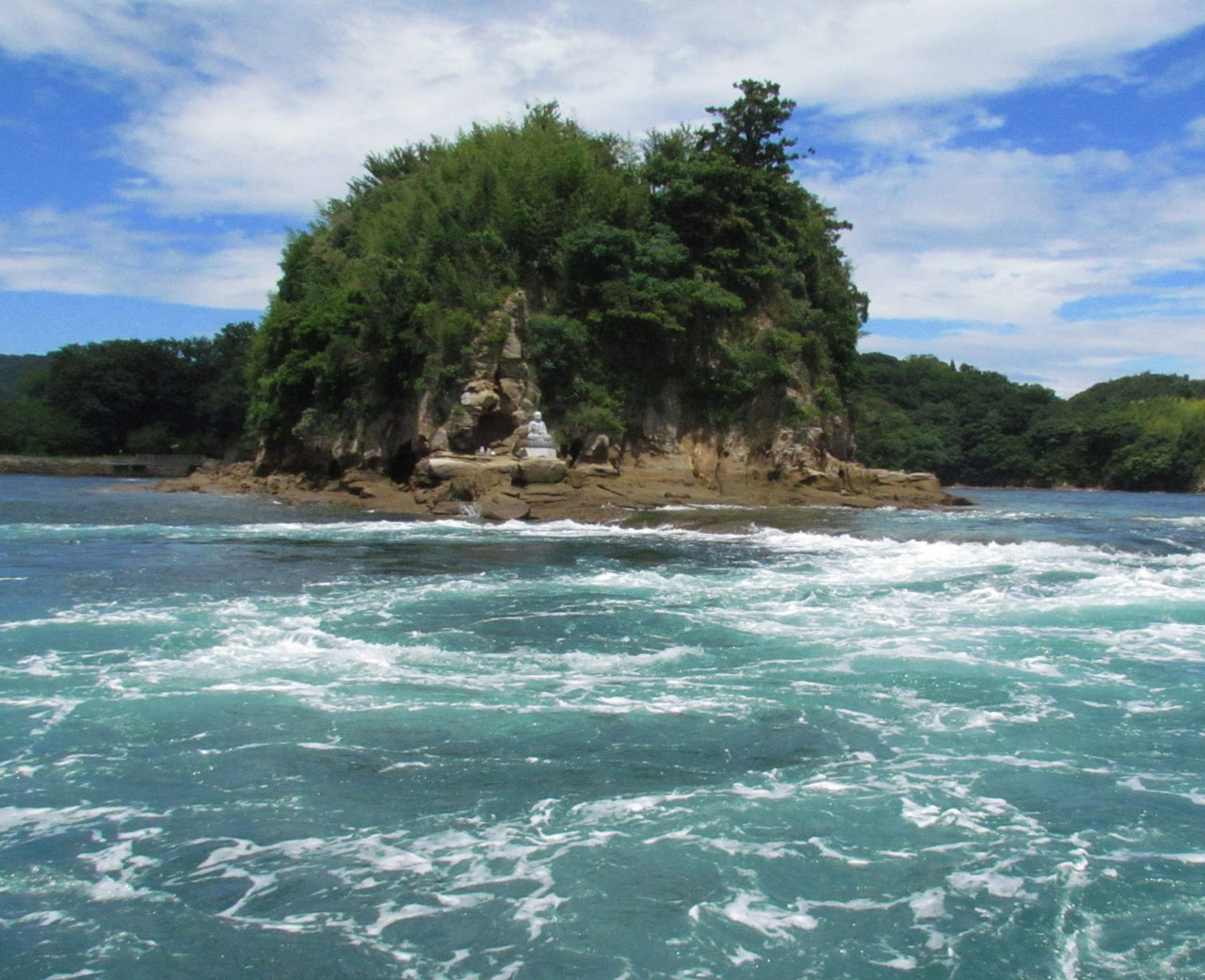
The swirling currents offshore Taizaki Island, Ehime Prefecture, part of the stronghold of the Nōshima Murakami pirates. Photo by Michelle Damian, 2013.
Networks of Violence and Trade: Premodern Piracy in Japanese Waters
- 20 November 2025
- 6:00pm - 7:00pm GMT
- Online
- https://www.sainsbury-institute.org/events/networks-of-violence-and-trade-premodern-piracy-in-japanese-waters/
- +44 01603 597507
- sisjac@sainsbury-institute.org
- Tweet
THIRD THURSDAY LECTURE - SAINSBURY INSTITUTE
Dr Michelle Damian (Associate Professor of History, University of Wisconsin-Whitewater)
About the Talk
Piracy was a constant, looming threat in premodern Japan. Yet the role of the “pirates” themselves shifted depending upon who was being impacted by their actions. For some, they were threatening figures, intimidating travelers and disrupting trade. To others, they functioned more as “sea lords,” mimicking terrestrial daimyō (samurai lords) in their control of sea lanes instead of land routes. In nearly every case, however, piratical activities demanded some kind of response from central authorities. Through these actions and reactions we can see the development of different types of networks in premodern Japan. The threat of piracy resulted in forces being mobilized against them, or in strategies to actively work with them, or sometimes simply complying with them in order to avoid rousing their ire. From the tenth-century royal court’s mobilization of forces to combat the “first pirate,” Fujiwara no Sumitomo, to the fifteenth-century Murakami pirate group’s impact on domestic trade patterns, this presentation will consider written and archaeological evidence to explore those networks of violence and trade.
About the Speaker
Michelle Damian is an Associate Professor of History at the University of Wisconsin-Whitewater. She specializes in Japanese maritime history and archaeology, and has authored chapters in the volumes Land, Power and the Sacred: The Estate System in Medieval Japan (University of Hawaii Press) and Historical and Archaeological Perspectives on Early Modern Colonialism in Asia-Pacific (University of Florida Press), among other publications. Michelle has worked and studied in Japan for over nine years. Her current research focuses on 14th– to 16th– century Japanese maritime-based trade networks, tracing the movements of both people and commodities in the Seto Inland Sea region.
